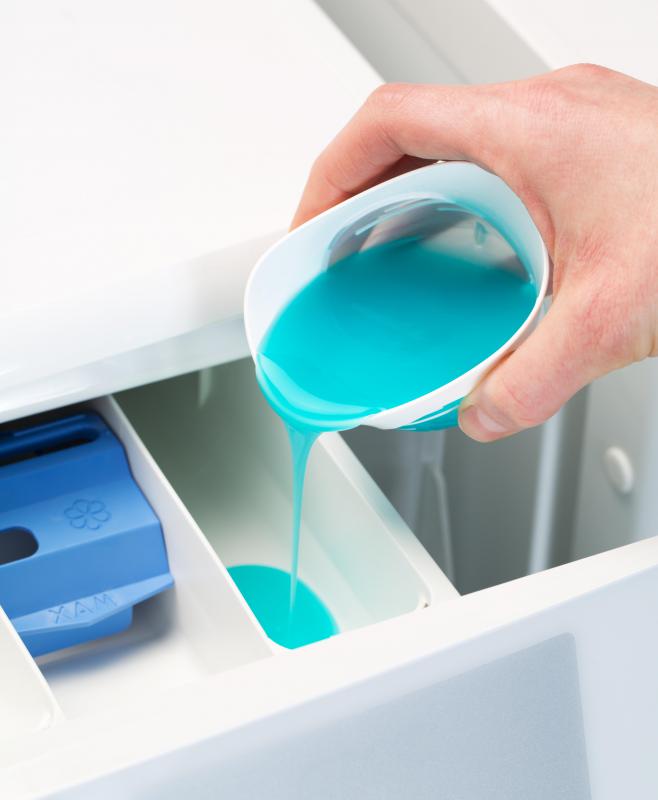At TheHealthBoard, we're committed to delivering accurate, trustworthy information. Our expert-authored content is rigorously fact-checked and sourced from credible authorities. Discover how we uphold the highest standards in providing you with reliable knowledge.
What is an External Yeast Infection?
An external yeast infection is a type of fungal infection where the fungi colonize the skin, instead of the inside of the body or the lining of an orifice such as the mouth. External yeast infections are most commonly seen around the labia, the armpits, the skin of the penis, and the folds of skin around the stomach and breasts. There are a number of treatment options available for the management of such infections. A general practitioner can usually provide treatment, or if the yeast infection is occurring as a complication of an ongoing medical condition, the patient's primary care provider may supervise treatment.
Also known as candidiasis, yeast infections involve yeasts in the genus Candida. People can develop yeast infections when they are immunocompromised, as their bodies cannot fight the yeasts off. Infections can also be the result of prolonged antibiotic usage, as antibiotics can disturb the natural balance of bacteria in the body, creating an opening for opportunistic organisms like yeasts. The yeasts can be picked up through physical contact with other people and exposure to contaminated implements and instruments.

An external yeast infection usually settles in a warm, moist area. People can exacerbate such infections by wearing tight clothing with poor breathability. The symptoms of an external yeast infection include itching, pain, changes in skin color, and sometimes the development of oozing. There may also be a strong yeasty smell or an unpleasant odor. White to yellow patches commonly form.

Antifungal medications can be provided to fight the yeast. These include topical medications, as well as drugs designed to be taken by mouth. Alternative treatments for an external yeast infection can include the application of yogurt with live active cultures, or garlic, both of which can kill the yeast, although they can also be smelly and messy. It is advisable to wash the site with mild soap several times a day and pat dry. If the area can be left exposed to light and air, this can facilitate healing. If not, loose, comfortable clothing made with breathable fibers like silk and cotton should be worn while the external yeast infection is healing.

If a yeast infection does not respond to treatments provided by a doctor, a culture may be taken to learn more about it. Other medications can be prescribed to change the angle of attack and the patient may be directed to take special care with bathing, drying, and dressing. In immunocompromised patients, such infections can sometimes be very stubborn.
AS FEATURED ON:
AS FEATURED ON:
















Discussion Comments
@ysmina-- That's a good question. I know that skin yeast infections can spread to other parts of the body (and also to the skin of your partner), but I'm not sure if a skin yeast infection can cause an infection in the mouth.
That's probably a good question to ask a doctor, especially for those of us who engage in oral sex without protection and have partners with yeast infection or have it themselves.
I think diabetes causes the immune system to weaken, because I have been dealing with recurrent yeast (candida) infections on my skin since I developed type 2 diabetes.
The infection is in the skin fold below my breasts and on my stomach. It has gotten better since I started showering more often and wearing only 100% cotton shirts. But it's not completely treated. I'm trying to strengthen my immune system by eating more antioxidant rich foods now.
As for anti-fungal medications, they do clear up the infection but it returns as soon as I finish my course.
I had a skin yeast infection a few weeks ago, and now I also have an oral yeast infection.
Can an external yeast infection develop into an internal yeast infection and vice versa?
Post your comments